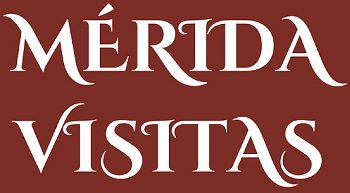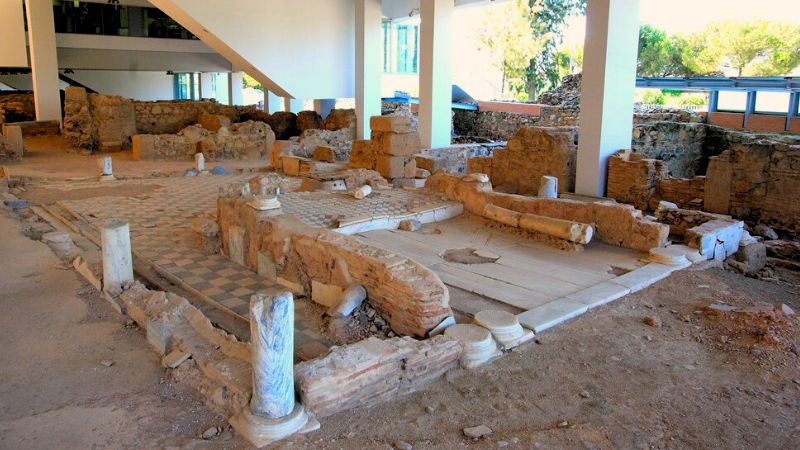
The Morería Archaeological Ensemble, located on the Paseo de Roma in Mérida, is a window to the past that reveals the urban development of this historic city from Roman times to the Visigothic era. This extensive site of 12,000 square meters is one of the largest urban archaeological areas in the Iberian Peninsula, offering both researchers and visitors an incomparable architectural and cultural spectacle.
Historical significance
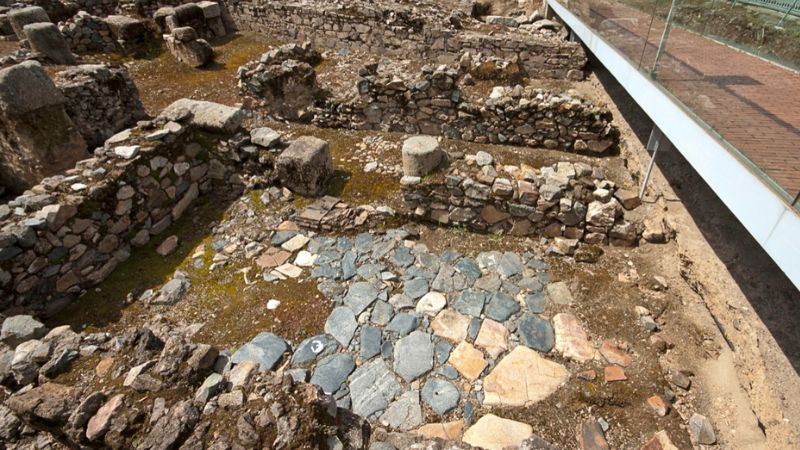
The richness of the Morería site lies in its capacity to offer a complete vision of the urban evolution of Mérida.
Here you can find remains dating from the first century A.D. to the Visigothic period, which allows us to understand how infrastructures, housing and public spaces were adapted over time and in different periods of government.
The Roman Walls: Testimony of an Empire
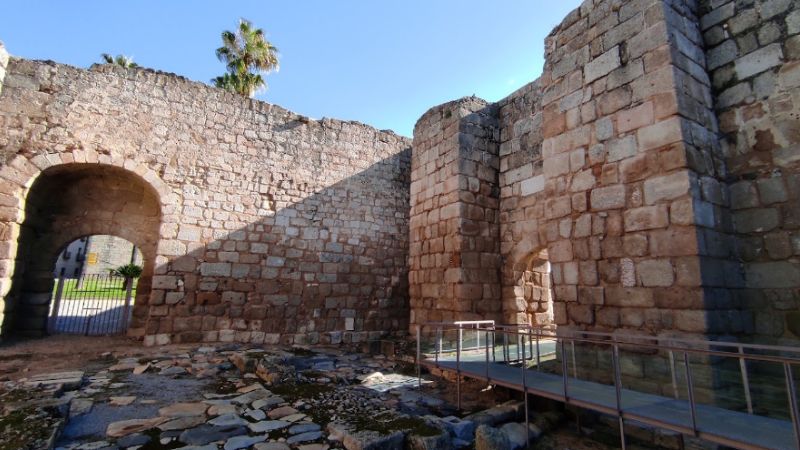
One of the most impressive finds in Morería is the best-preserved stretch of Roman wall in Mérida.
With a width of up to three meters and a height that could have reached eight meters, these walls are a testament to the majesty of the Roman Empire.
In addition to their imposing structure, the walls offer a darker tale: the destruction of certain sections during the caliphate, as an attempt to quell local revolts.
The House of “Los Mármoles”: a reflection of opulence
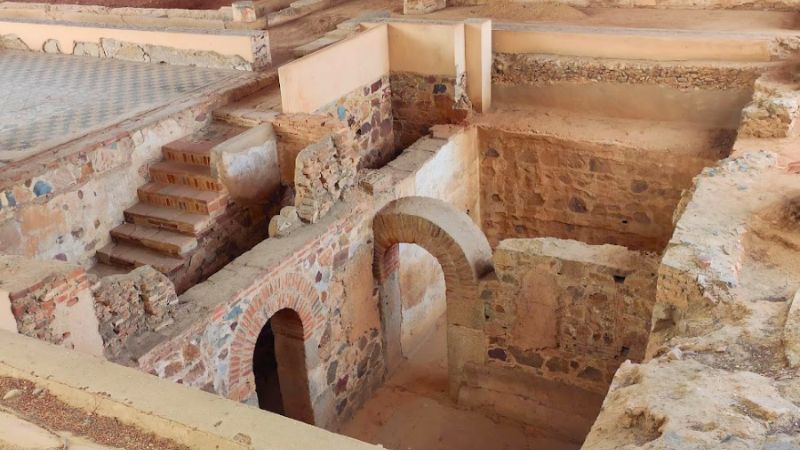
Perhaps one of the most grandiose examples of residential architecture is the House of “Los Mármoles”. This building, dating from the late 3rd century AD, represents the apogee of the city in terms of wealth and culture. Occupying an entire city block and with two levels of construction, the house is a luxury estate. One of its most intriguing aspects is the extension of one of its thermal complexes into the street to house a cold water pool.
The structure of the house is organized around a central courtyard whose floor is decorated with a mosaic of black slate and white marble tiles. Around this courtyard, there were ornamental trees, as evidenced by the presence of alcorques, and a well that today shows signs of wear. In the center of the courtyard, a fountain adorns a porticoed arbor, covered with marble slabs.
Cultural and temporal diversity
The site is not limited to a single historical or cultural period. In addition to the Roman vestiges, the area also has remains of palaces from the Emiral period and more modest dwellings from the Caliphal period. This diversity makes Morería a time capsule that encompasses diverse lifestyles and modes of construction.
Visiting Morería
Admission to the Archaeological Ensemble of Morería varies between 3 and 6 euros, depending on certain conditions such as age, retirement and special memberships. The visiting hours are quite flexible and options are offered to access multiple monuments in the city. The complex is conveniently located, being easily accessible both on foot and by vehicle.
More of Merida’s historical heritage
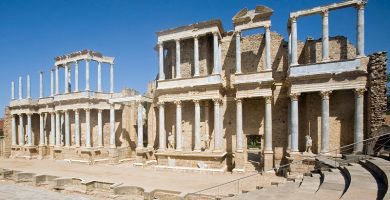
Roman Theater of Merida
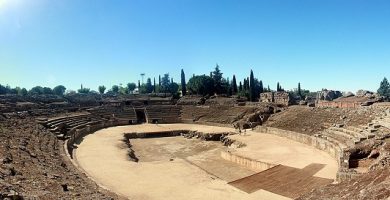
Mérida Roman Amphitheater
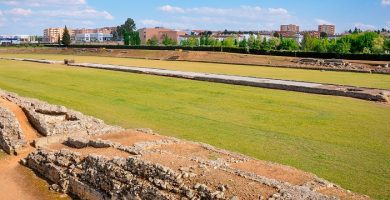
Roman Circus of Merida
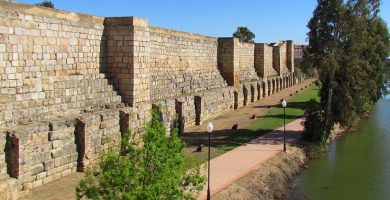
Moorish Alcazaba of Merida
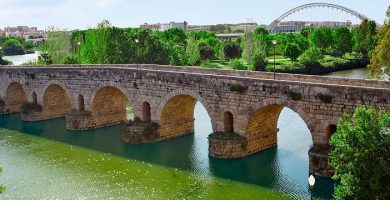
Roman Bridge of Merida over the Guadiana river
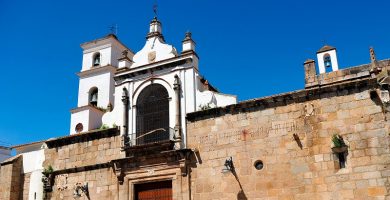
Co-cathedral of Santa María la Mayor of Mérida
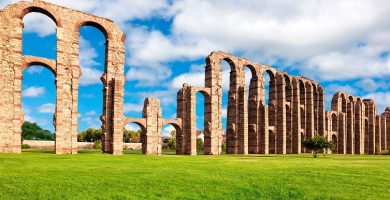
Los Milagros de Merida Aqueduct
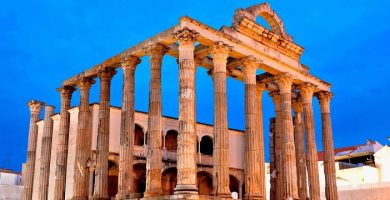
Roman Temple of Diana in Mérida
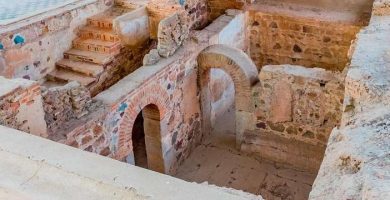
Casa del Mitreo House in Mérida
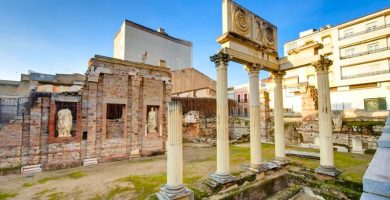
Portico of Merida’s Municipal Forum

Plaza de España in Mérida
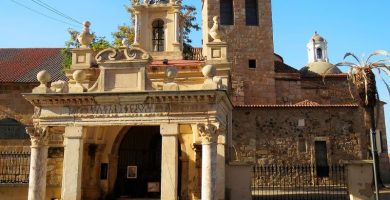
Basilica of Santa Eulalia in Mérida
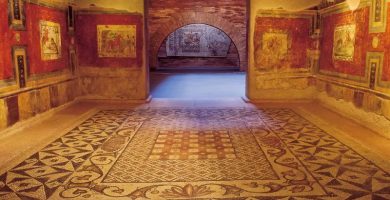
National Museum of Roman Art of Mérida
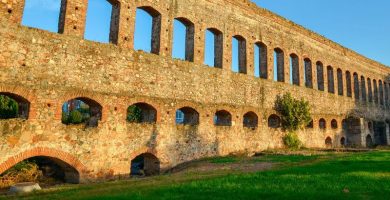
San Lázaro Aqueduct in Mérida
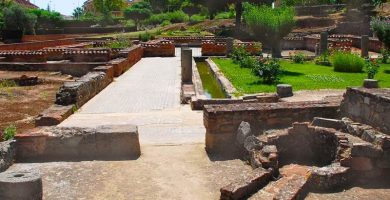
Merida Amphitheater House
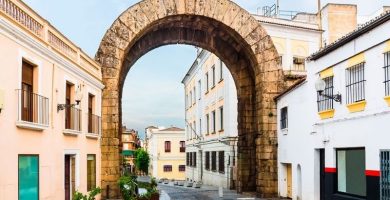
Trajan’s Arch of Mérida
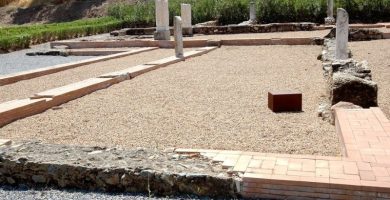
Mérida’s Xenodoquium
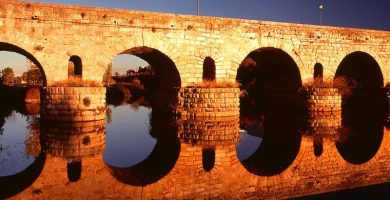
Roman Bridge over the Albarregas
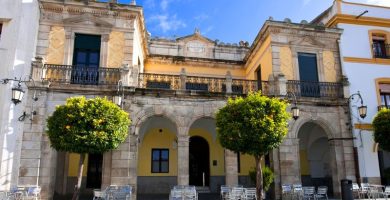
Círculo Emeritense in Mérida
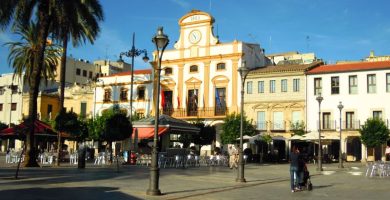
Mérida City Hall
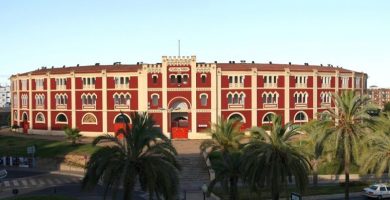
Bullring of Mérida
